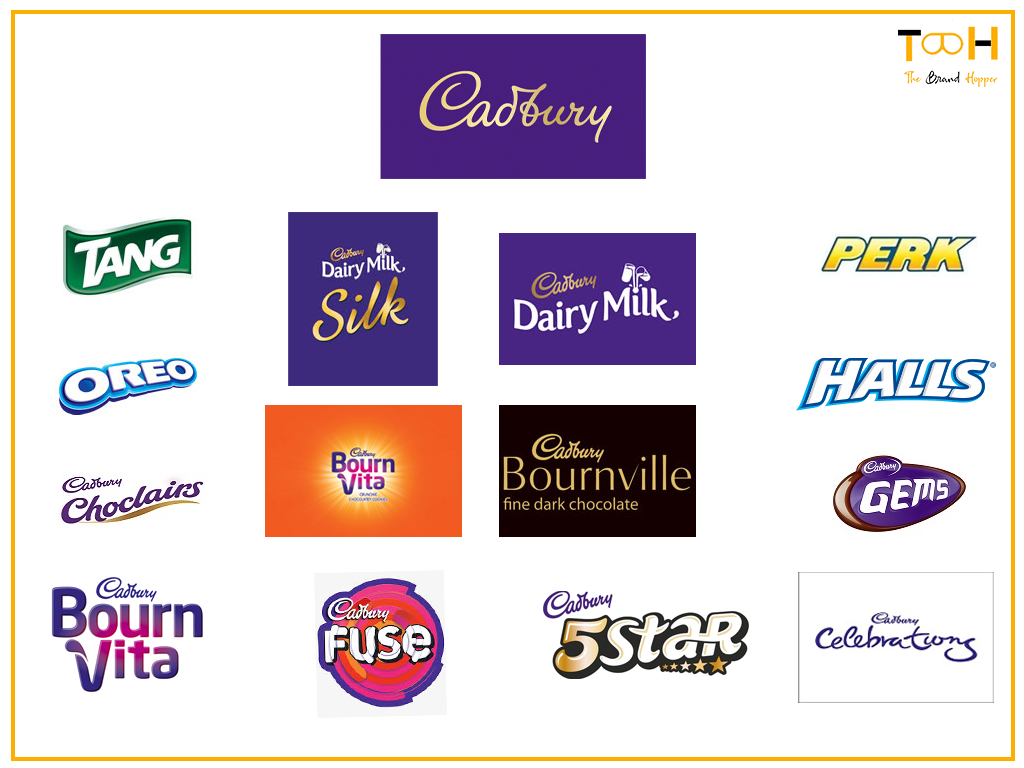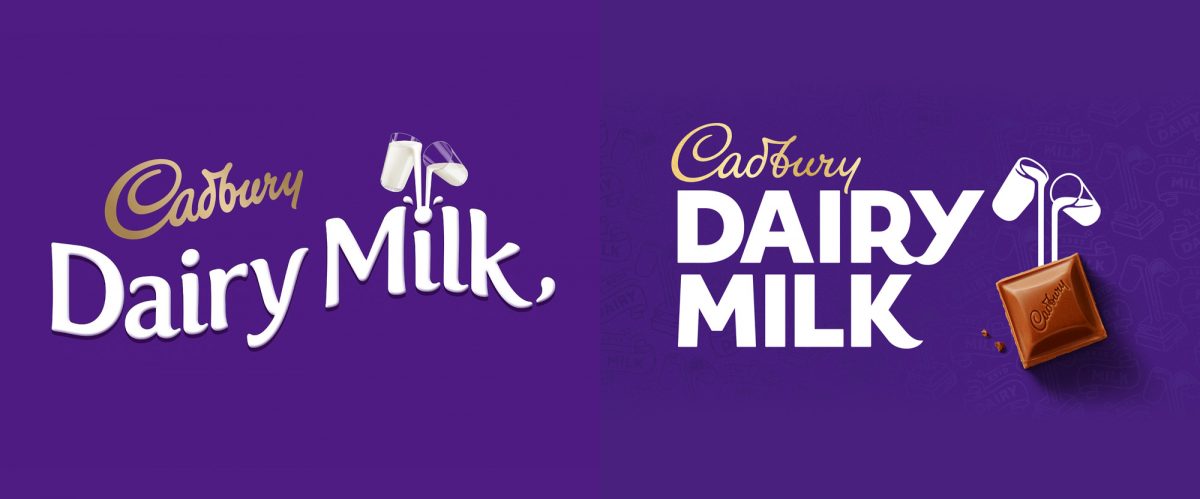Cadbury, formerly Cadbury’s and Cadbury Schweppes, is a multinational British confectionery firm wholly owned by Mondelez International (formerly Kraft Foods) since 2010. The organization was founded back 196 years ago, in 1824. It is the second-largest confectionery brand after Mars, Incorporated in the world. Headquartered in Uxbridge, West London, it operates worldwide in more than 50 countries.
Cadbury holds more than 70% of the total share of the market. Nestle has emerged as second best, which lead to almost 20% of the whole share. The chocolate consumption in India is extremely low. If per capita consumption is considered, it comes to only 160gms in the urban areas. This amount is meager compared to the developed countries where the per capita consumption is more than 8-10 kg. It was presumed that chocolates are an indulgence item and are not for day to day consumption.
Consumption in the Indian market was meager in the early ’90s, but it gradually improved. The chocolate market in India is dominated by two multinational companies – Cadbury and Nestle. Other players in the market are Amul and Campco.
Earlier, the main target population was children, but with time, the brand paid attention to adults as well. It launched Diary MIlk as an anytime product rather than an occasional luxury, and this proved to be the breakthrough for Cadbury as it tried to break the conventional ideas of the Indians about chocolate.
Product Division
The image below depicts the brands that Cadbury carries

History
John Cadbury, who was born on August 12th, 1801, used to sell cocoa, drinking chocolate products that were made using pestle and mortar, and other products. In 1831, he decided to start large-scale manufacturing and purchased a warehouse for it. That’s how Cadbury was introduced in the world.
In 1840, it introduced chocolate with very decorative packaging. Dairy Milk, the most widely known and top-grossing product, was launched in 1905, to compete with Swiss milk chocolate’s leading brands. By 1913, Dairy Milk became the bestseller for the company. It gained recognition as a leading chocolate product after a few years and became the largest chocolate products manufacturing company.
List of Ingredients
This British bar contains milk, sugar, cocoa butter, mass cocoa, vegetable fats, and emulsifiers, according to The New York Times report. Additional secondary ingredients include lactose, lecithin soy, natural plus artificial flavors.
The taste is richly British, and the texture provides a mixture of milky ingredients.
Cadbury in India
Cadbury began operations in India in 1948 by importing chocolates. It owns five manufacturing companies now and has four sales offices. Its headquarters is in Mumbai. The core aim was to “make today delicious.” The company operates in India in four categories, i.e., milk food drink, chocolate confectionery, candies, and gum.
Cadbury is the market leader for the chocolate industry. The pure taste of Dairy Milk describes Indian consumers’ taste for chocolate. Bournvita is the leading product in dairy food drinks, and candy halls are the country’s leading candy product. It also started cocoa-farming in India since 1965. Their “Cocoa Life“ program reaches out to 100,000 farmers in 4 states in South India.
You might also like: Nestlé – The Global FMCG Brand Providing Good Food And Good Life.
Market Segmentation
Cadbury has targeted various market segments, as follows:
Break segment – Some products are consumed with coffee and tea during short breaks, e.g., snack range and Perk.
Desire segment – Products under this segment are desired by the consumer, e.g., Cadbury’s Dairy Milk, Temptation.
Take home segment – This segment includes products purchased from supermarkets and taken home for consumption, such as Bournvita.
Marketing Mix
Product: Cadbury offers a wide range of products. Product is anything tangible or intangible that can be provided to the customers in either the domestic or international market for the proposed market segments. This includes packaging, warranty, quality, etc.
Place: The place means to identify the physical distribution of the product at the right place, time and quantity where the product should be available to the customer as the definition goes, you can always find Cadbury chocolates in any Retail store. It adopts a multi-channel approach, and its products are shelved across these channels.
Price: Cadbury is a clear winner in all price segments. It is usually considered as a premium product of high quality. It has few products like Perk, Eclairs & Five Star, which are priced lower to attract all customers. It is also positioned as a gifting item and sells at a premium price.
Promotion: Effective advertising appeals to any business and generates supportive feelings. “Kuch meetha ho jaye“ campaign was launched to change the Indian perception towards chocolates. Indian families always look for sweets during festivals and on multiple occasions. Thus, Cadbury tried to promote chocolates as something that one can be consumed during celebrations and also, can gift someone instead of sweets. It decided to relate and switch Indian habits from sweets to a box of Cadbury. During festivals like Diwali, Holi, etc., the company gives special promotional offers and special occasions like Valentines’ Day. It promotes its chocolates as a gesture of love.
SWOT Analysis
SWOT Analysis is the method for assessing an organization’s strengths, weaknesses, opportunities, and threats. It includes identifying internal and external factors favorable or unfavorable for attaining the organization’s objectives.
Strength:
- Largest supplier of confectionery worldwide.
- Market leaders in three sectors: chocolates, confectionery, and food drinks.
- Production costs are low because of economies of scale that lead to higher profit and better market penetration.
- Financial strength is high.
- Reliable brand name and innovation leader.
Weakness:
- In India, inferior technology compared to other nations.
- Limited vital products, as they depend only on the market for chocolates and beverages compared with other competitors.
Opportunities:
- Growing middle class and urban population growth
- Increasing gift culture
- Substituting higher calories/cholesterol “Mithais.”
- The increasing concept in departmental stores-at cash counters, @ desire
- Opportunity increases with the increase in the acquisition of players
- Transfer production to low-cost countries where there are cheap labor costs and raw material
- Introduction of new low-fat/ low sugar products
Threats:
- It is successful in India because of the high brand equity and low cost.
- Globalization will lead to the introduction of new brands in the market.
- High fats and calories in Cadbury’s products may reduce consumer demand who are conscious of nutrition and healthier lifestyles.
- Competitive pressure from other suppliers both at the national and global levels.
Cadbury’s brand identity
In 2008, Cadbury focused on the chocolate’s key ingredient of ‘a glass and half of milk.’ It worked in favor of the company. Around 2013-14, the company wanted to develop a more “joyful character” for all its 50+ variants.
The company developed and created a new brand identity with innovative and playful packaging. It adopted a playful approach that gives the variants their personality and makes each a sensation in their own right within a solution that is globally recognized while retaining the flexibility to accommodate local tastes and cultural nuances. Custom typography has also been created for each variant, reinforcing the different personalities of each bar and enhancing navigation and the buying experience.”
In today’s competitive business environment, brands look for profitability in the long run through product differentiation and customer loyalty. Cadbury developed the brand “Dairy Milk” to maximize the strength of this megabrand. A packaging and range refreshment strategy was involved in the plan, which resulted in a unified, innovative Dairy Milk brand. The approach can be considered a success, having exceeded initial sales targets by a considerable margin.
-
-
- The products under Cadbury Dairy Milk includes Caramel, Whole Nut, Fruit & Nut, Dairy Milk Silk, Turkish Delight, Dairy Milk Ritz, Dairy Milk with LU cookies, Crunchy, Boost, Wispa, Picnic, Flake, Curly Wurly, Fudge, Chomp, Jelly Babies, Mints, Trident Gums, Flumps, Black Jack and Softmints.
-
Cadbury’s new branding
- The Cadbury logo was given a thinner, italic & elegant look and was kept more or less the same. Thus, following the same brand identity that people recognizes Cadbury.
- The Dairy Milk logo was changed a bit, around RY and Y, keeping in sync with the new Cadbury logo. The glass is given a vector look, making it more attractive.
- The modern look also emphasizes sustainability credentials with Mondelez’s Cocoa life logo in front of the packaging.
To read more content like this, Subscribe to our newsletter.


